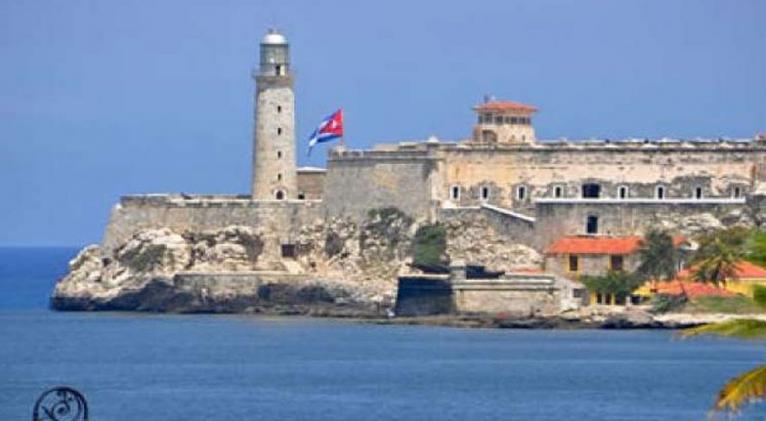Colonial Fortresses of Havana, a Special Tourists Attraction 0

Havana, Cuba.- When the Cuban capital is preparing for the celebration next year of its 500th anniversary (November 16, 2019), the pleasure of travelers to know and photograph its colonial fortresses stands out today.
These are scenes with a lot of history, very well preserved and therefore one of the most relevant attractions of Havana, created to protect the Village of San Cristobal from the attacks of corsairs and pirates.
The Castle of the Three Kings of El Morro, rests on a high rock at the entrance to the Bay. The works lasted 40 years, begun in 1589 and completed in 1630.
In addition, the Castle of the Royal Force began its construction in 1558 and finished 20 years later, in 1578.
La Punta, together with El Morro, created a crossfire against the attackers. It rose in a ledge, and lasted 10 years to raise it, to finish it in 1600 (30 years before El Morro).
Meanwhile, the castle of San Carlos de La Cabaña began to be erected in 1763 by order of Carlos III. Square 700 meters long, with a polygon of 450 meters of walls of beautiful lines.
These were bastions of a colonial era between pirate attacks and the Spanish desire to preserve their colony. All this remained almost intact and today can be appreciated very clearly.
The most emblematic example is the Castle of the Three Kings of El Morro, on a high rock at the entrance to the Bay.
At present it is a place to visit; it is reached by car when crossing the Havana Tunnel. There are bars, cafeterias, restaurants such as La Divina Pastora or The 12 Apostles, in honor of the names of their most emblematic artillery batteries.
The Morro, as it is simply known, has the shape of an irregular polygon, with thick walls, rises 40 meters above sea level and has defensive bastions and projections.
And as a most distinctive fact, in 1762 it turned out to face the English squadron that took possession of it and from there it propitiated the take of Havana by London lasting 11 months (until July 6, 1763).
Today, travelers can see above the fortress its 10-meter tower, its maritime lighthouse, which served as a watchtower and had several changes: at first fed by firewood, in 1819 by oil, in 1928 with acetylene, and finally since 1945 with electricity.













Add new comment